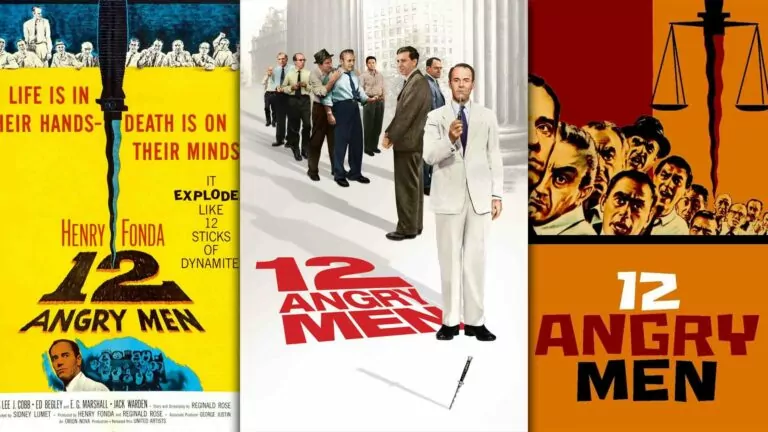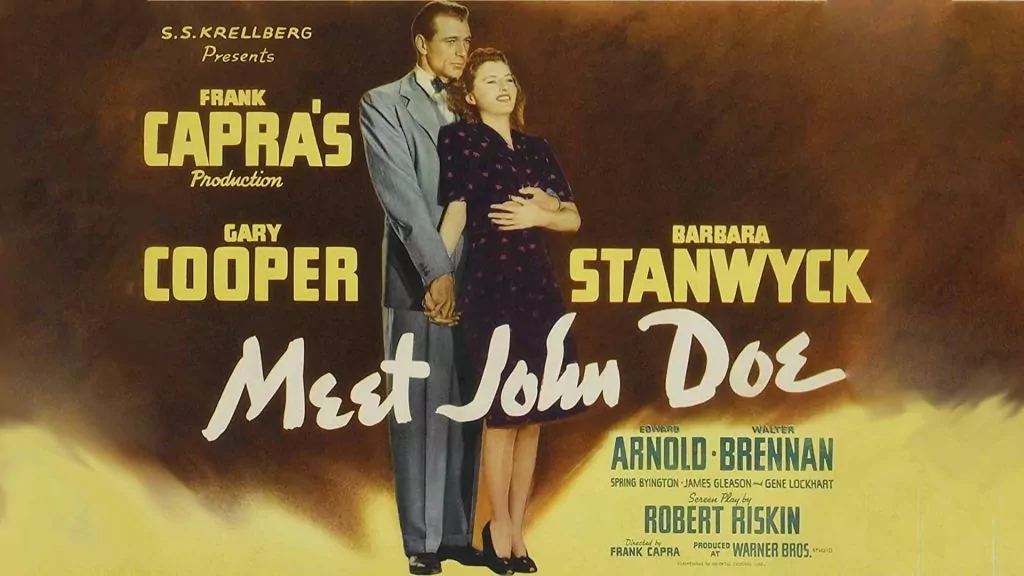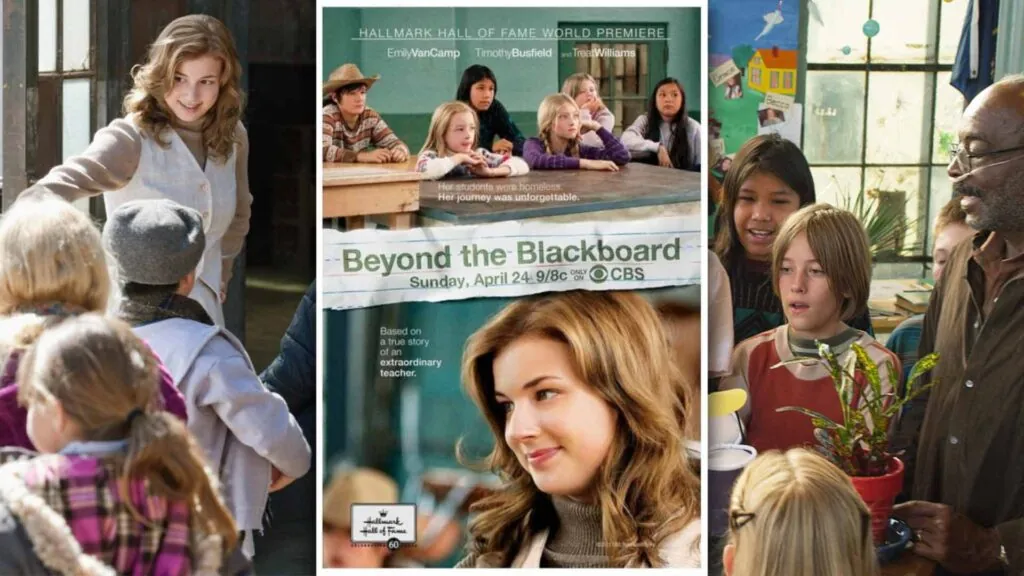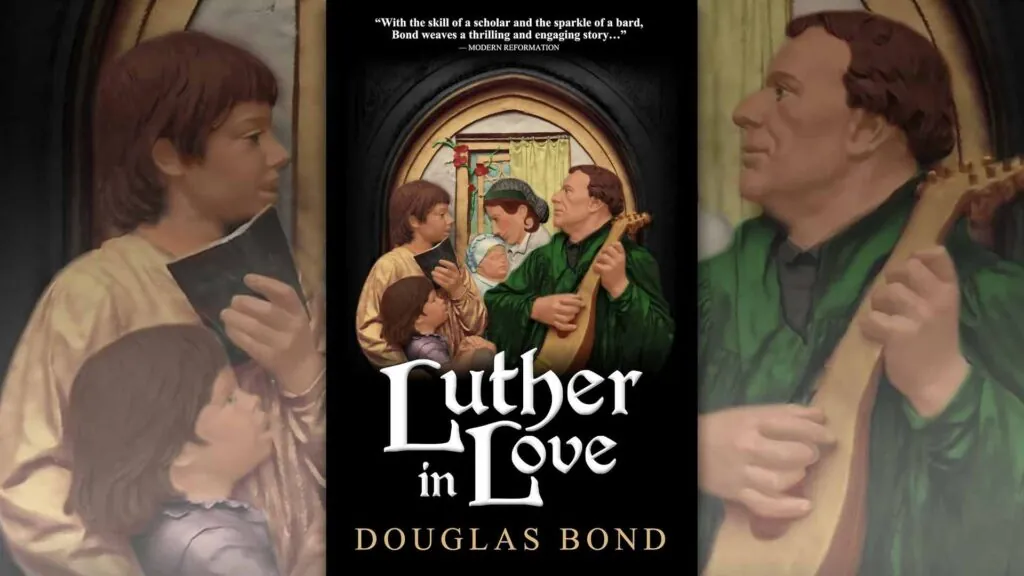Drama
1957 / 96 min.
Rating: 9/10
A movie that takes place in a single room? All dialogue, and no car chases or explosions? 12 Angry Men might not seem like it has the makings for an amazing film, but whoever I’ve watched it with over the years has always been impressed.
This courtroom drama begins with eleven men eager to declare the defendant guilty – it’s an open-and-shut case, so why waste time? But the twelfth (Henry Fonda) isn’t so sure. And he isn’t willing to convict a man without carefully working through the evidence… even if other jurors were looking forward to their weekend plans.
So in the middle of a sweltering heat wave, stuck in close quarters with complete strangers, they start going through the evidence. 12 Angry Men is an absolutely fascinating look at how personal histories and prejudices can play a part in a jury decision.
Cautions
I can’t think of any concerns for this one. There’s some racism evident, but the worst language is a juror talking about “those kind of people.” This is an adult film in the sense that your smalls aren’t going to be interested. But it is a family-friendly film in the sense that kids of any age could be in the room with you and you wouldn’t need to worry about what they might see or hear.
The closest thing to a caution I can think of is that the 1997 remake has language problems (and isn’t close to as good anyway).
Conclusion
I don’t want to geek out on the film, but I will share one neat bit on its cinematography. If you’re like me, you don’t really note how a film is shot unless it’s bad and gets in the way of the story. That said, there is one neat trick used here you might want to look for: watch for how the camera slowly descends as the tension rises. We start just above eye-level, and by the time the climax arrives, lots of shots are now coming from below, giving jurors an ominous shadowed look. It’s cool what different camera angles can do.
But the reason you should watch it is for what it wrestles with. This is looking at the whole idea of justice, and how apathy, prejudice, and even people’s limited ability to logic things out, can shape the verdict. God has told us that it’d be better for a guilty person go free than an innocent man be punished (that, and innocent until proven guilty, are the implications of texts like Deut. 17:6 and Deut. 19:15), but is that how our justice system works? In 12 Angry Men we’ve got a behind-the-scenes look with a man willing to stand against the room to do what’s right.
Check out the trailer below.












